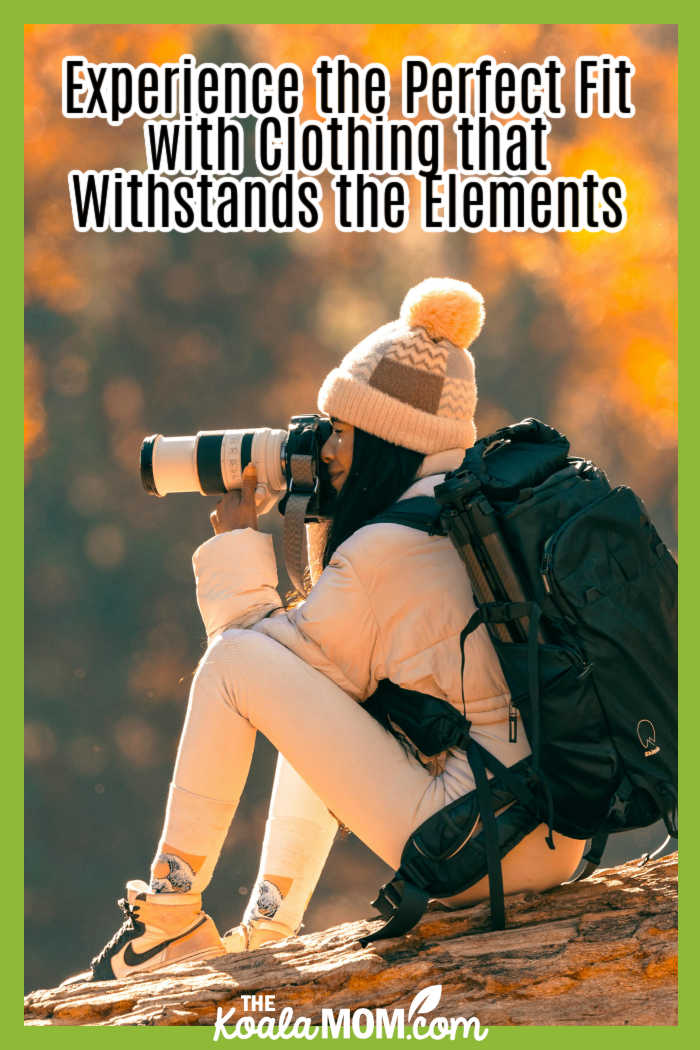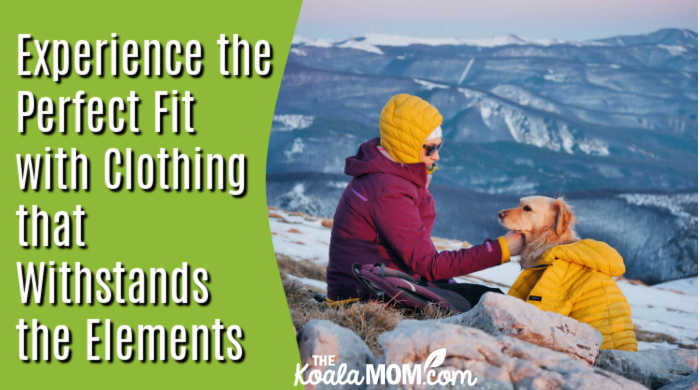Clothing that withstands the elements is essential for anyone who enjoys outdoor activities or who works in demanding environments. I’ve often heard that there’s no bad weather, only bad attire. The right garments promote comfort and enhance performance, allowing individuals to focus on their tasks without being distracted by weather-related issues. From heavy rain to biting cold, finding the perfect fit in functional clothing can make all the difference.
This article explores key factors to consider when selecting weather-resistant attire, the importance of quality materials, and reputable brands that lead the market.

Understanding the Importance of Fit
A perfect fit is crucial when it comes to outdoor clothing, as it affects mobility, comfort, and warmth retention. Ill-fitting attire can restrict movement during activities such as hiking or climbing, leading to discomfort or potential injuries. People often overlook how important it is to have clothing tailored to the specific activities they engage in.
For instance, if you need to bend or stretch frequently, looser fits may be necessary for freedom of movement, while tighter fits could work for lower-intensity jobs. Additionally, a perfect fit serves as an effective barrier against the elements. Clothing that hugs the body is better at repelling wind and rain while preventing cooling airflow.
By investing time in finding pieces that suit your shape, you can dramatically improve overall comfort and performance. Notably, some brands specialize in climate-resistant clothing on their site, allowing for countless options depending on your conditions. Knowing how to layer your attire correctly can also contribute to achieving that ideal fit, which enhances comfort and allows for flexibility as weather conditions change.
Choosing the Right Materials
Materials play a significant role in the performance of outdoor clothing. Fabrics that can effectively wick moisture away from the skin keep the body dry and comfortable. Polyester and merino wool are popular choices known for their moisture-wicking abilities. For colder climates, wool provides inherent insulation, while materials like nylon offer an excellent blend of durability and water resistance.
It is vital to consider breathable materials, which allow sweat to escape while blocking external elements. This is especially necessary for active individuals who require clothing to adapt to their levels of exertion. Furthermore, the weight and thickness of the fabric can impact functionality. Lightweight materials are perfect for layering without unnecessary bulk, while heavier fabrics offer that extra bit of insulation in frigid temperatures.
Weather Resistance Features
Beyond fabric choices, various weather-resistant features enhance clothing versatility. Waterproof and windproof treatments can elevate garments significantly. Look for jackets with waterproof membranes, such as Gore-Tex or similar materials, which effectively block water yet remain breathable.
Additionally, fast-drying capabilities can be a game-changer, especially during unexpected weather shifts. For example, I avoid hiking in my jeans, as they tend to take forever to dry if they get wet. I have a pair of quick-dry hiking pants or leggings that are much better in damp or rainy weather or places where I may get wet while hiking.
Zippers and cuffs with adjustable features can help seal out moisture while still allowing for personal comfort preferences. Extra elements such as reflective materials for visibility during low light conditions or high pockets for easy access are other features to keep in mind.
Investing in clothing designed to meet specific weather criteria means your gear will last longer, perform better, and provide the necessary protection required for outdoor engagement. The right clothing for the weather means that you’ll be able to have fun outdoors longer, which is critical for kids as well. Every season, I review my gear as well as my kids’ gear to ensure we’re ready for upcoming adventures.
Brand Reputation and Customer Insights
When searching for clothing designed to withstand the elements, researching reputable brands is of utmost importance. Brand reputation is often built on customer insights, particularly related to product durability and performance. A brand that consistently receives positive feedback about its gear’s effectiveness under various weather conditions is often a wise choice. Well-established brands often offer lifetime guarantees or extensive warranty policies, accentuating their confidence in product quality.
Comments from fellow consumers outline the strengths and weaknesses of specific items, offering real-world insights to prospective buyers. Reviews can provide clarity regarding fitting issues, material performance, and the effectiveness of temperature regulation.
Balancing Style with Functionality
While functionality is vital for outdoor clothing, maintaining a sense of style remains equally important for many individuals. Modern advancements in fabric technology enable brands to merge stylish designs with practicality efficiently. Many options exist that allow someone to transition seamlessly from outdoor activities to urban environments. This flexibility preserves the aesthetics of day-to-day wear while ensuring protection against inclement weather.
Brands steadily incorporate fashion elements such as colors, patterns, and cuts, ensuring consumers do not have to sacrifice performance appeal. Combinations of different styles can give the wearer versatility, allowing customization to suit various personal tastes while meeting specific needs.
Care and Maintenance of Outdoor Clothing
Proper care and maintenance play essential roles in the longevity of outdoor clothing. Always refer to care instructions provided on labels; some materials require special washing techniques or treatments to retain their functional properties. For example, quick-dry garments should usually be hung to dry rather than thrown in the dryer. Regular cleaning confirms that dirt and oils do not compromise waterproofing or breathability over time.
Furthermore, applying after-market products can reinstate water repellency, extending the lifespan of garments. Storing clothing appropriately when not in use can also enhance durability. Hanging garments in a cool, dry place will prevent mildew growth and fabric degradation. Seasonal checks are prudent to ensure that seldom-used items are still in optimal condition.

As outdoor lifestyles continue to thrive, finding clothing that withstands the elements is more critical than ever. Careful consideration of fit, material, and reputable brands allows individuals to enjoy outdoor activities confidently. Understanding care practices and maximizing investments also protect these choices, ensuring longevity. Embracing an informed approach enables enthusiasts to thrive regardless of the environment they find themselves in.

No Responses Yet